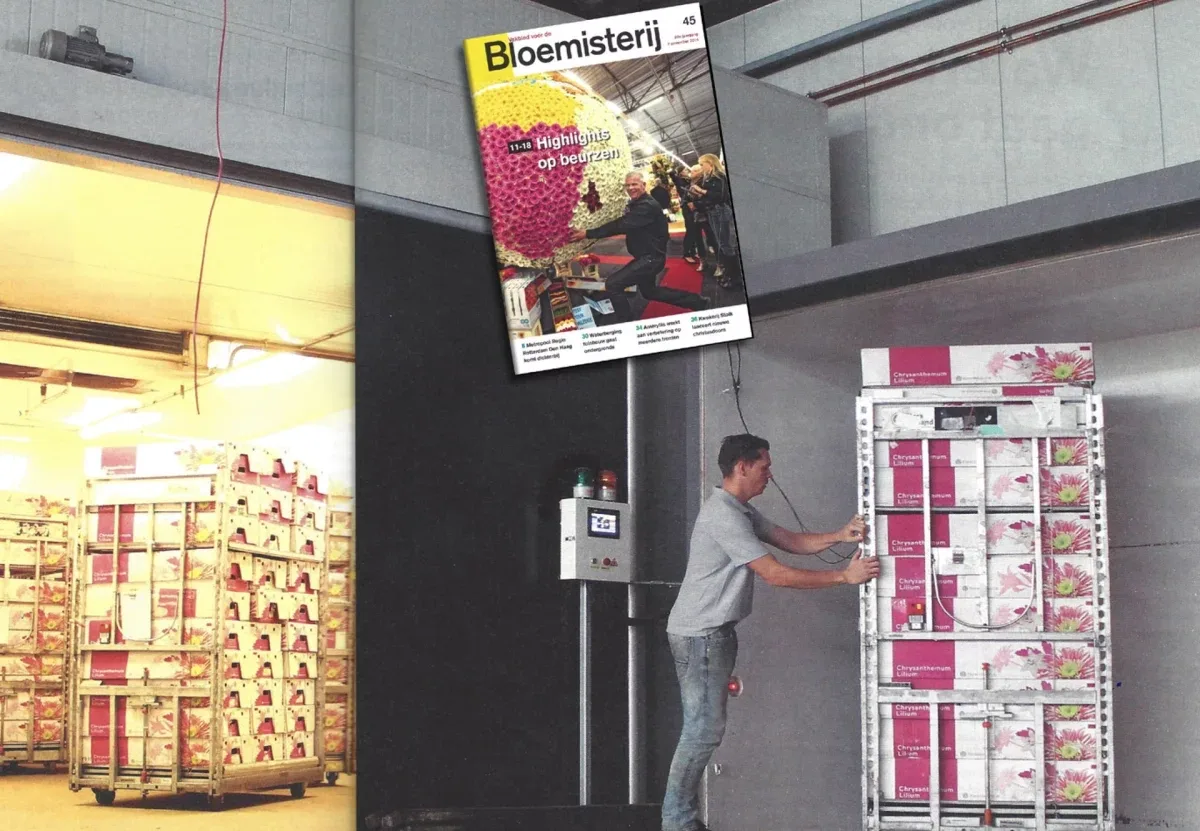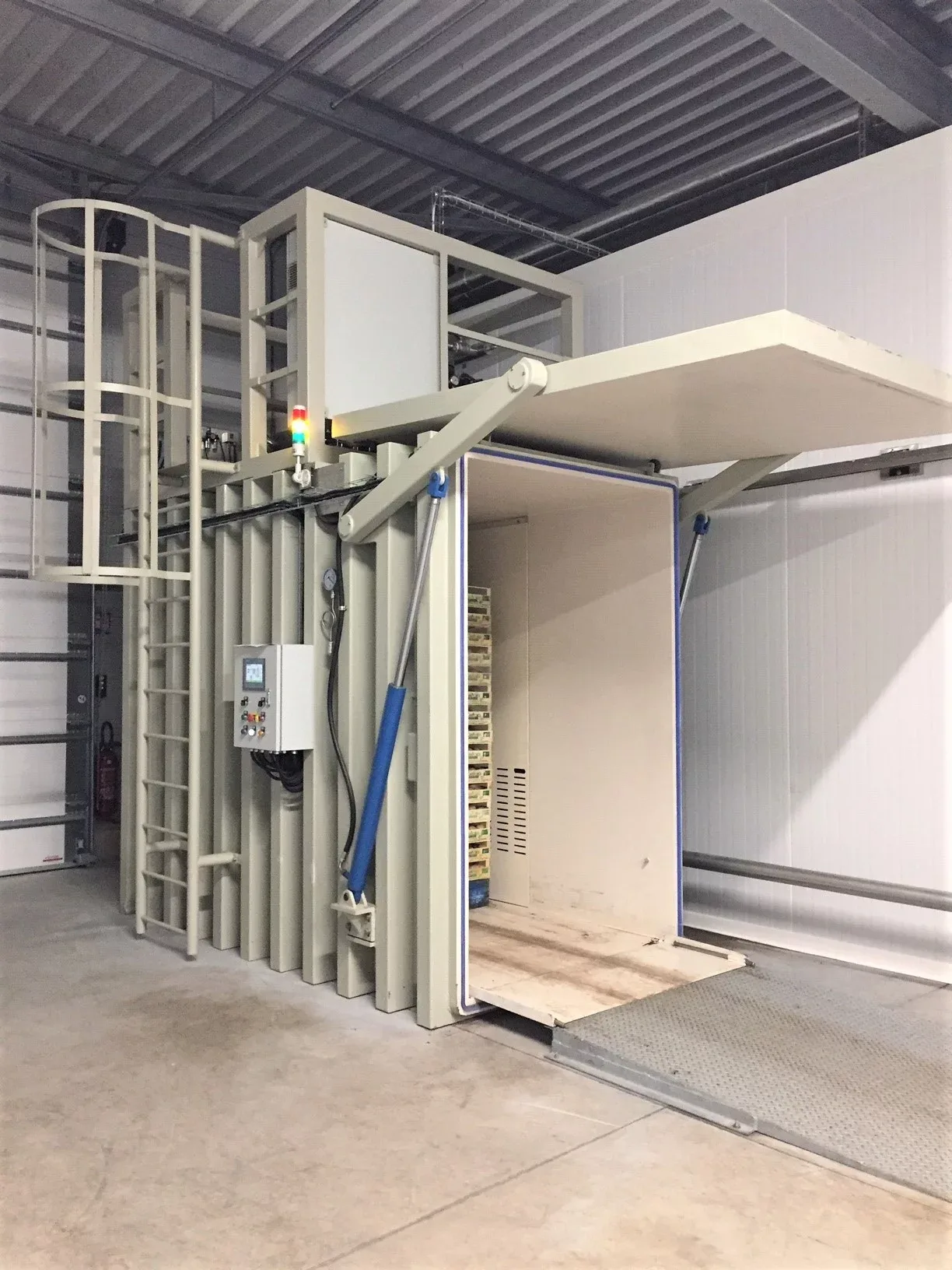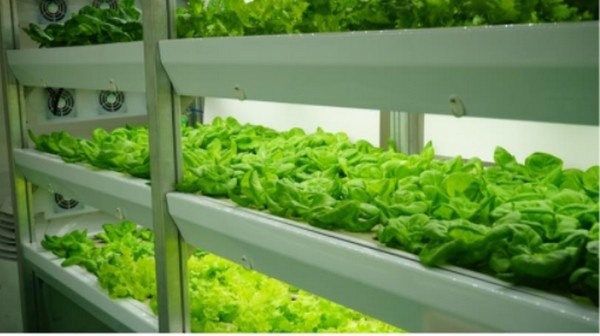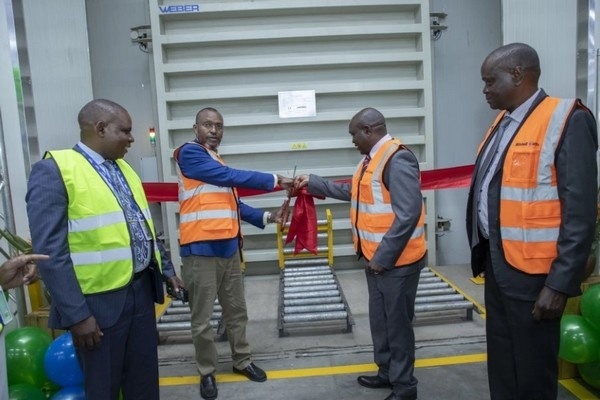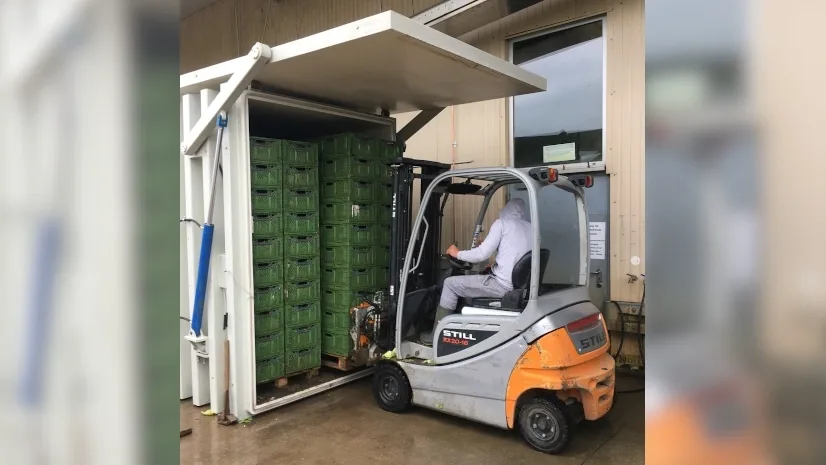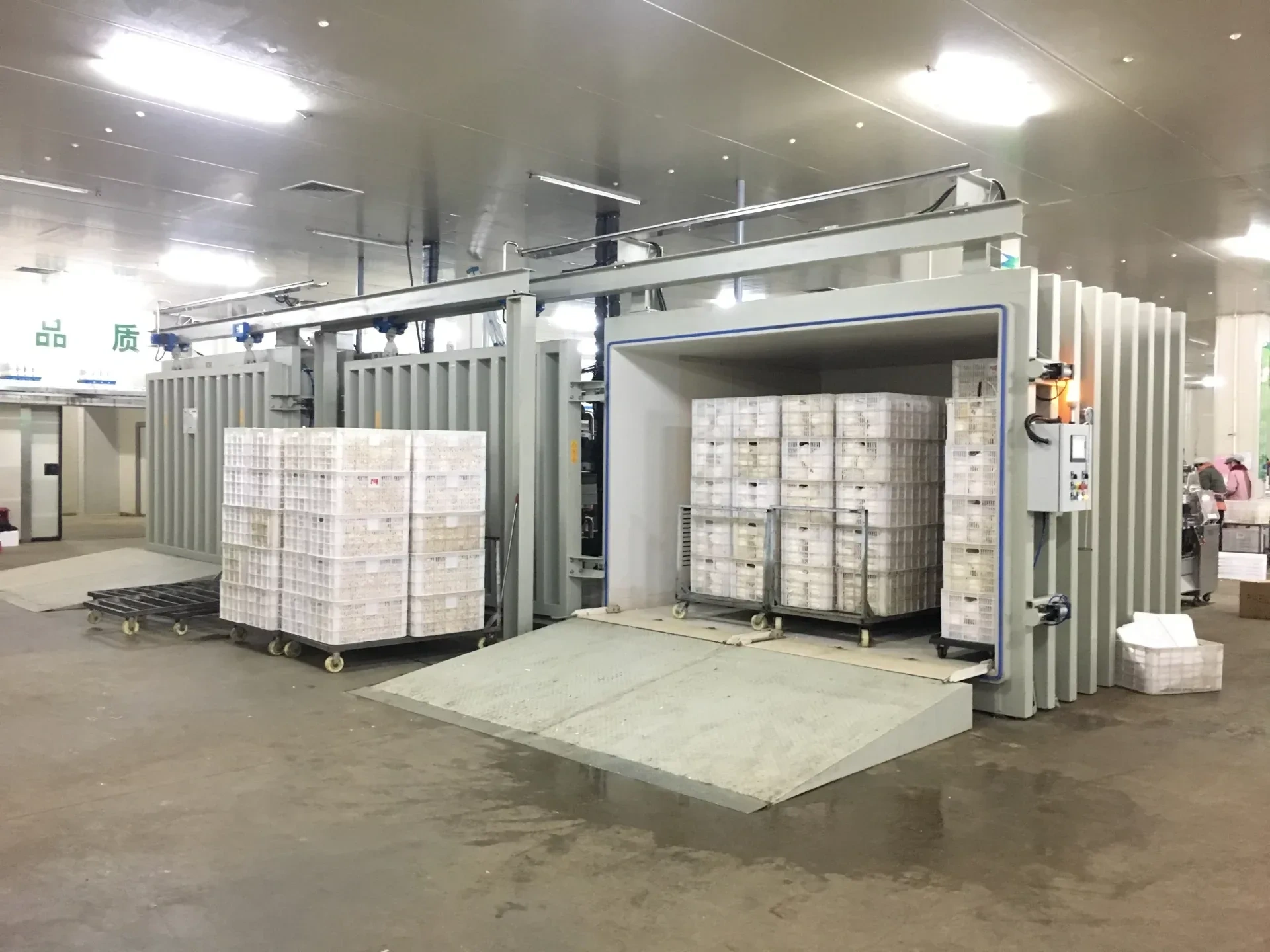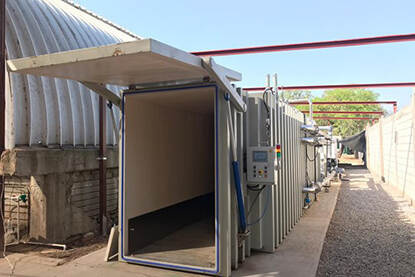The Future of Fresh Produce: Integrating Advanced Technologies for Sustainable Growth
As we look towards 2050, the agricultural landscape is transforming to meet the growing global food demand, expected to rise by 70%. For fresh produce, innovations are enhancing efficiency, sustainability, and product quality, ensuring that fruits and vegetables reach consumers in their best condition.
Regenerative Agriculture: Revitalizing Ecosystems
Regenerative agriculture restores soil health and promotes biodiversity. Techniques like crop rotation, cover cropping, and reduced tillage not only improve soil structure but also increase the resilience and yield of fresh produce. These practices sequester carbon, enhance water retention, and reduce dependency on chemical inputs, ensuring a sustainable approach to farming.
Precision Agriculture: Optimizing Resources
Precision agriculture employs GPS, sensors, and IoT devices to monitor crop health, soil conditions, and weather patterns in real-time. This allows farmers to apply water, fertilizers, and pesticides with pinpoint accuracy, reducing waste and improving the quality and yield of fresh produce. The use of drones and satellite imagery further enhances monitoring and decision-making processes.
Controlled Environment Agriculture (CEA): Consistent Quality
CEA, including vertical farming and greenhouses, provides optimal growing conditions year-round, independent of external weather and soil quality. These systems utilize hydroponics or aeroponics, minimizing water usage and maximizing space efficiency. CEA ensures a consistent supply of high-quality fresh produce, free from pests and diseases.
Vacuum Cooling Technology: Preserving Freshness
Vacuum cooling technology rapidly reduces the temperature of harvested produce, preserving its nutritional value and extending shelf life. This method is especially beneficial for leafy greens, berries, and other perishable items, ensuring they remain fresh from farm to table. By reducing spoilage and waste, vacuum cooling enhances the sustainability of fresh produce supply chains.
Government Support and Policy
The transition to advanced agricultural practices requires robust government support. Policies promoting research and development, subsidies for technology adoption, and training programs for farmers are crucial. These initiatives can bridge the gap between traditional farming and modern, technology-driven methods, ensuring a smooth transition and widespread adoption.
Conclusion: A Holistic Approach
The future of fresh produce lies in combining regenerative agriculture, precision tools, CEA, and vacuum cooling technology. By integrating these innovations, the agricultural sector can ensure food security, sustainability, and economic viability. Collaborative efforts from farmers, technologists, and policymakers will be key in shaping a resilient and prosperous future for fresh produce.
For more insights and details on these transformative technologies, visit our website at www.webervacuum.group.


